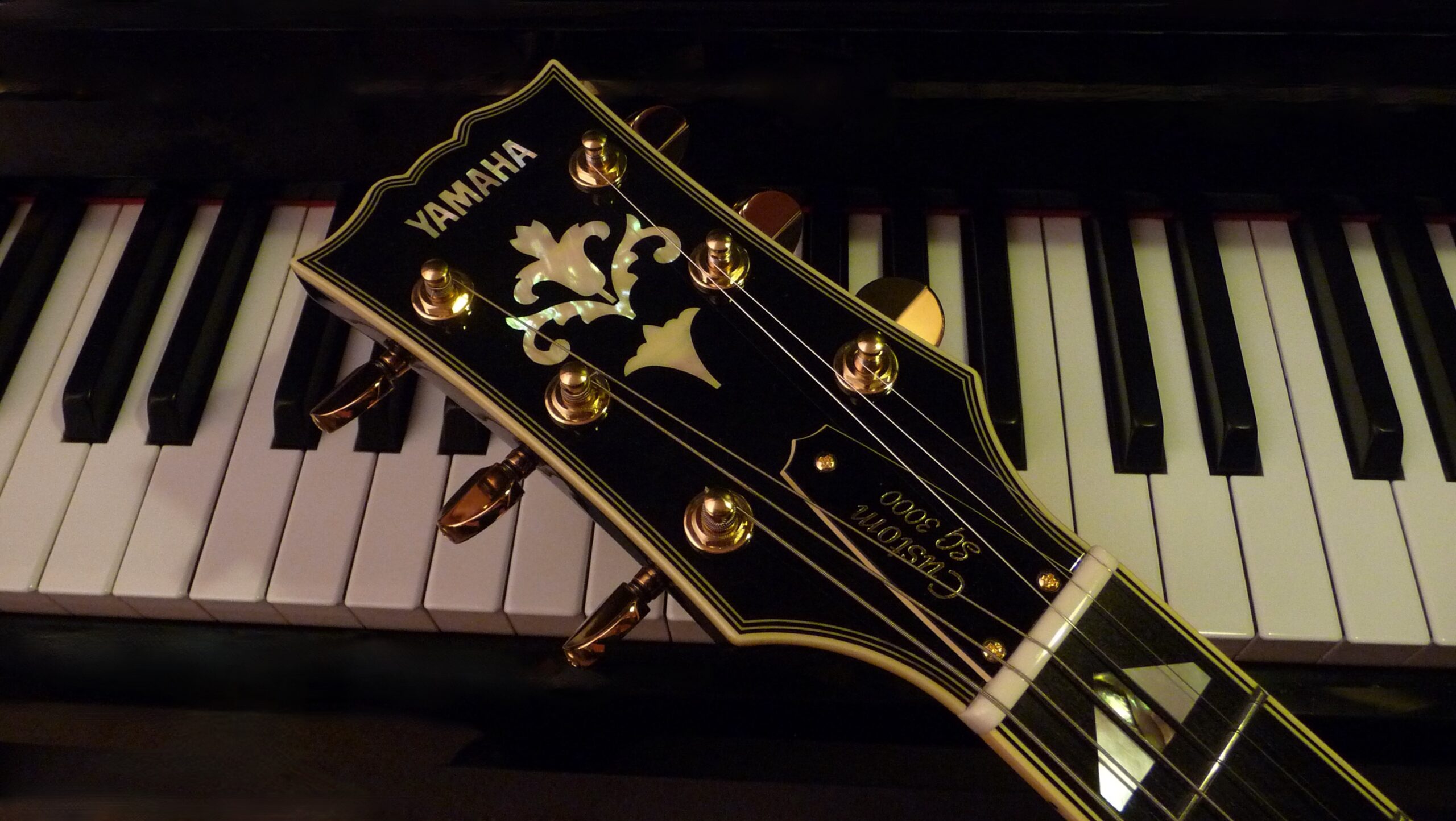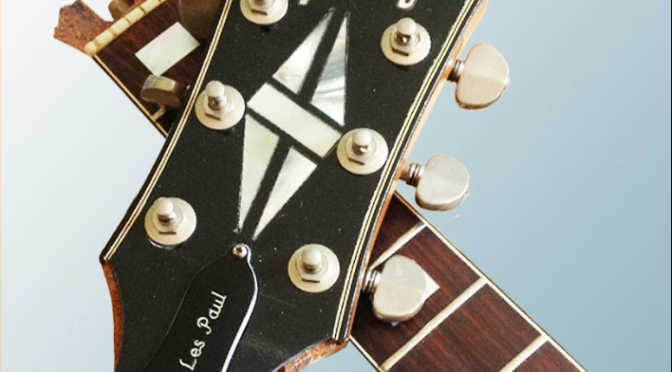Firstly, let me start off by saying that I own four Gibson Les Paul guitars, even though they are not my favourite guitars to play. So why do I have so many? Well, they do sound great! Some of the students taking guitar lessons from me at Melbourne School of Music also play Gibson Les Pauls…..they are an industry standard. That said however, they do have a number of design faults and some of them are quite serious ones.
-
- The first problem is one of access to the top frets. Once you get up past the 17th fret it is not easy to play! This is the reason why Paul Reed Smith designed and built what is fundamentally a Gibson Les Paul guitar with essentially a Fender Stratocaster body. The access to the high frets on a PRS guitar is MUCH better than on any Gibson Les Paul.
- The Les Paul is body heavy and not well balanced. If you sit on a chair with a Gibson Les Paul on your leg, you will find that you are always trying to stop the guitar from sliding off your leg. In contrast, a PRS guitar or a Fender Stratocaster is much better balanced and will sit comfortably on your leg.
- With Les Paul guitars the machine heads are positioned three-a-side and the headstock fans out from the nut. Consequently, the strings also fan out from the nut to the tuning machine heads. This is not as good a system as what Leo Fender did with his Stratocaster and Telecaster guitars, where the strings come over the nut in a straight line to the tuning machine heads. It is not even as good as what PRS did where, although he too uses a three-a-side machine head arrangement, his machine heads slope inwards and hence the strings come off the nut much straighter compared to Les Pauls. When the strings come off the nut in a straight line there is much less friction and the strings are less prone to catching on the nut, which they do occasionally with Les Pauls.
- Many Gibson Les Paul guitars (particularly the higher end models like the Custom guitars) have a bound neck. This is not uncommon, as do many other guitar brands who have followed the Gibson Les Paul build …..BUT! …..no other guitar company (that I know of at least) does what Gibson do. Gibson stop the fret wire at the inside edge of the binding, while ALL other companies take the fret wire to the outside edge. What this means is that on a Les Paul with a bound neck, there is not enough fret for the 1st string to sit on and if you are not EXTREMELY careful when playing on the 1st string it is very easy for the string to fall off the fret-board when you are fretting a note!
- The neck angle at the headstock on a Les Paul guitar is much greater than on other guitars. This results in a weakness at the headstock and this why you will see MANY Les Paul guitars with headstock repairs. This problem is very rare with other guitar brands, but very common with Les Pauls. With some older Les Pauls, Gibson used volutes to try to reinforce the neck joint, but these days volutes are very rarely seen on Gibson Les Pauls.
Well, I guess you can’t expect such extravagances when you are only paying a mere $10,000 for a Les Paul Custom!!!!!!!
In fairness to Gibson, not much can be done to rectify the first two points and the third point is not that serious. Points 4 and 5 however are serious issues with this guitar and they could easily be fixed. Yet, despite numerous complaints from thousands of customers over the last seventy or so years, what has Gibson done? The short answer is …..ABSOLUTELY NOTHING!



